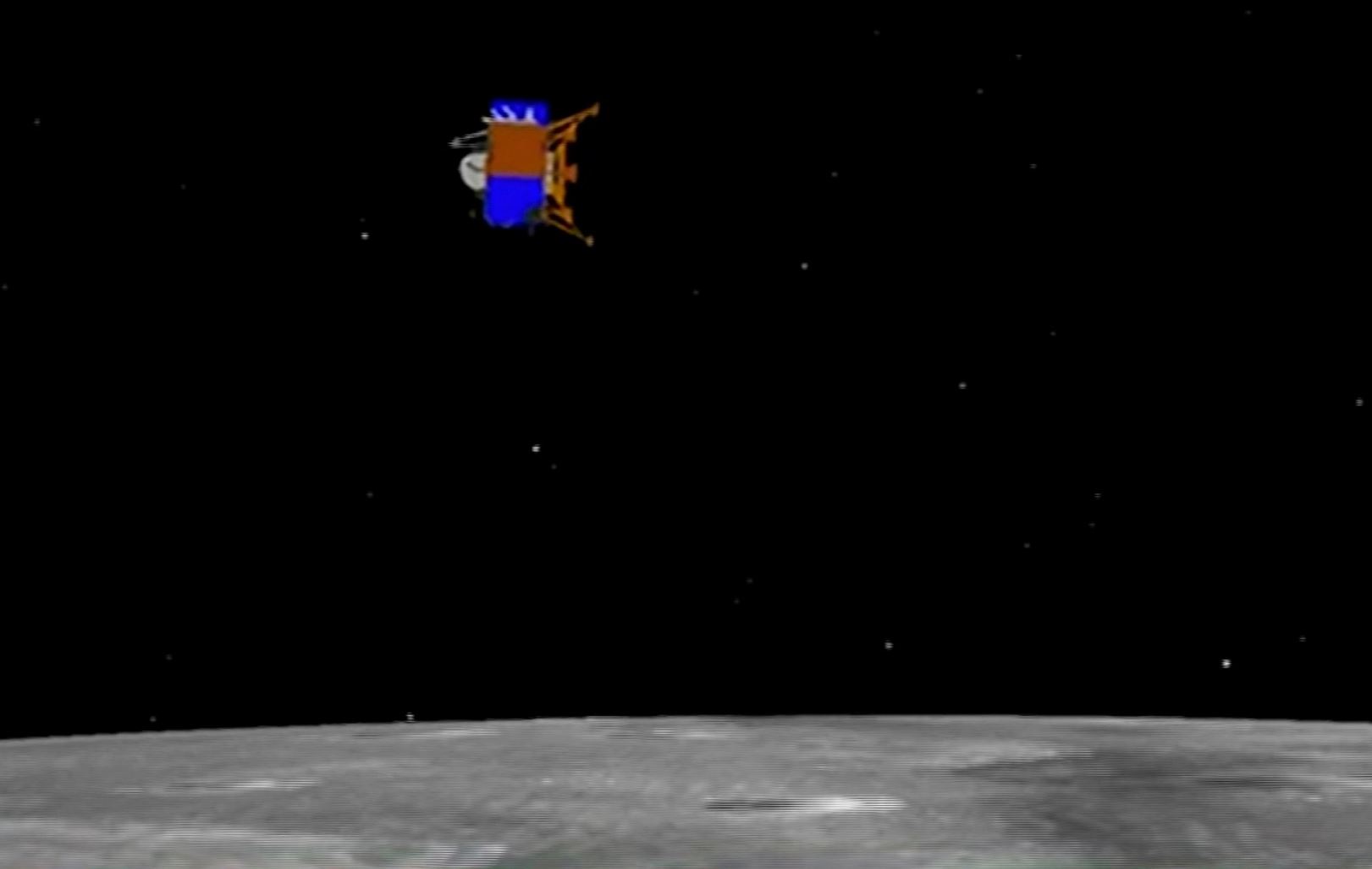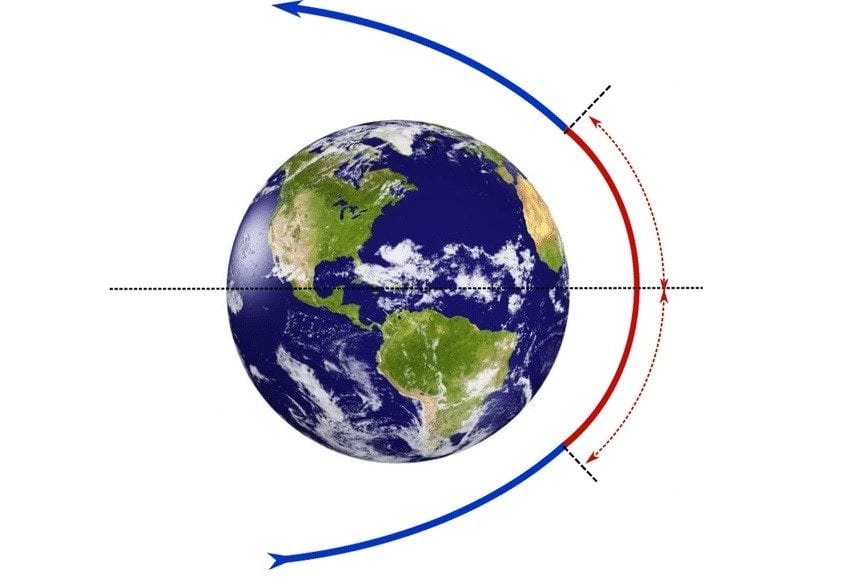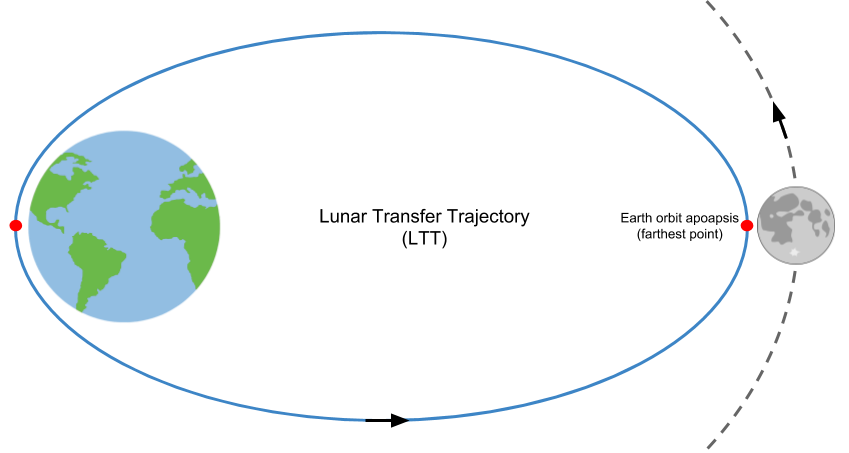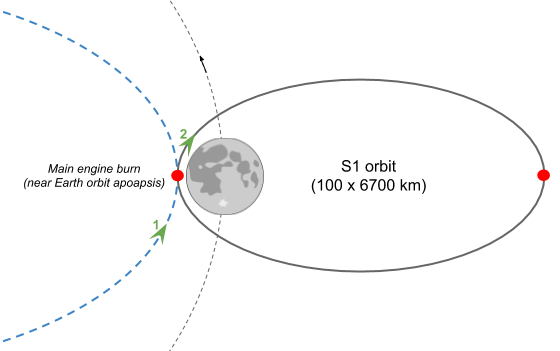
- Home
- India
- World
- Premium
- THE FEDERAL SPECIAL
- Analysis
- States
- Perspective
- Videos
- Sports
- Education
- Entertainment
- Elections
- Features
- Health
- Business
- Series
- Bishnoi's Men
- NEET TANGLE
- Economy Series
- Earth Day
- Kashmir’s Frozen Turbulence
- India@75
- The legend of Ramjanmabhoomi
- Liberalisation@30
- How to tame a dragon
- Celebrating biodiversity
- Farm Matters
- 50 days of solitude
- Bringing Migrants Home
- Budget 2020
- Jharkhand Votes
- The Federal Investigates
- The Federal Impact
- Vanishing Sand
- Gandhi @ 150
- Andhra Today
- Field report
- Operation Gulmarg
- Pandemic @1 Mn in India
- The Federal Year-End
- The Zero Year
- Science
- Brand studio
- Newsletter
- Elections 2024
- Events
- Home
- IndiaIndia
- World
- Analysis
- StatesStates
- PerspectivePerspective
- VideosVideos
- Sports
- Education
- Entertainment
- ElectionsElections
- Features
- Health
- BusinessBusiness
- Premium
- Loading...
Premium - Events

David and his slingshot: How Isro customised rocket science
From the launch to the landing attempt on the moon, Chandrayaan-2 took 48 days. While the Soviet and the US seemed to have taken a jet plane to travel to the moon, we were doing so on a bullock cart.

The first-ever cosmic rocket, a spacecraft escaping the earth’s gravity, the Soviet Union’s Luna-1 flew past the moon in just 34 hours. That was way back in 1959. This was soon followed by the first-ever moon impact probe, the Soviet’s Luna-2, that took only 36 hours. The Apollo and Luna missions of America and the Soviet Union in the 1960s typically reached the moon in four to...
The first-ever cosmic rocket, a spacecraft escaping the earth’s gravity, the Soviet Union’s Luna-1 flew past the moon in just 34 hours. That was way back in 1959. This was soon followed by the first-ever moon impact probe, the Soviet’s Luna-2, that took only 36 hours.
The Apollo and Luna missions of America and the Soviet Union in the 1960s typically reached the moon in four to five days. Even though the Vikram lander failed in the last three minutes of its torturous descent, from the launch to attempt-landing on the moon, Chandrayaan-2 took 48 days.
While the Soviet and the US seemed to have travelled to the moon on a jet plane, we were doing so on a bullock cart. Why?
Hare and the tortoise
First things first. We are not the slowest to reach the moon. European Space Agency’s SMART-1 lunar probe, launched on September 27, 2003 took one year, one month and two weeks to reach the moon on November 11, 2004.
The craft was powered by a new-generation ion engine and used just 28 kg of xenon propellant for the entire mission. On the other hand, the New Horizon, a NASA mission to study the far reaches of the solar system, took just 8 hours and 35 minutes to fly by the moon, making it the fastest mission to the moon so far.
Going up the gravity well
A heavy object placed in the middle of a charpoy, the traditional woven bed, creates a basin-like dent on the flat surface. Likewise, in space sciences, a massive celestial body produces a bowl-shaped dip in the fabric of space-time.

Going away from the celestial body is akin to climbing the wall of the gravity well. The bigger the object, deeper the well, and harder to climb out. Launching a rocket with a payload to space is akin to climbing the gravity well with luggage on your head.
Going to the moon involves not only moving up the gravity well but also overcoming the bothersome atmospheric friction. A trace of the earth’s atmosphere can be seen as high as up to a thousand kilometres. Nevertheless, 99% of the total mass of the atmosphere is confined within 32 km.
Usually, the first two stages of the rockets are expended for surmounting the atmospheric friction and gravity to reach a height of about 170 km, well above the thick blanket of the atmosphere. Out of the 640 tonnes, the total weight of the GSLV Mk3, the first two stages account for 597 tonnes. In the third stage, with just 33 tonnes, cryogenic engines take the Chandrayaan-2 spacecraft to a height of 180 km and leave it with a velocity of 37,080 kph (10.3 km/s).
Steamroller approach
For directly drawing water from a deep well, we need to pull the rope upwards against the gravity — something that needs a lot of physical strength and only a burly person can do it. However, even a skinny person can draw water from the well using a pulley. When the pulley is used, we pull the rope towards the ground, in the same direction of the gravity. In this process, we make gravity do part of the work.
Interactive: Chandrayaan-2, India’s Odyssey to the Moon
At the dawn of the space age, both the Americans and the Soviets used a brute-force approach to reach the moon. Back then, spacecraft, whether with humans or a robotic mission perched atop gigantic powerful rockets, blasted off with very high velocity. The Luna and Apollo missions raced at lightning speed of 39,672 kph (11.2 km/s). The New Horizon was hurled into space at 58,536 kph (16.26 km/s). Akin to drawing water directly, the rockets with high velocity climbed out of the gravity well of the earth and were hurled towards the moon in a direct path.
As a speeding car has to apply the brakes to come to a halt at a speed breaker, the velocity of the spacecraft has to be slowed well enough so that the gravity of the moon can catch it. Once again, the powerful retro-rockets of the spacecraft were blasted in the direction of the motion in a bid to slow them down. All all this guzzles a lot of fuel.
Isro’s dilemma
In multi-storey residential apartments across cities, delivery boys throw newspapers to the balcony. If you are on the first floor, only a little impulse is needed. If on the second floor, it will need a little bit more impetus and the third floor a huge impulse. What if the delivery boy had to send the newspaper flying higher than even a third or fourth floor?
Well, there is an option — a sling. By swirling the sling in an arc and releasing the tab at a precise moment, the projectile can be made to reach the target. The sling primarily works by extending the length of a human arm, thereby allowing the projectile to be hurled farther than it could be thrown by hand. By giving the right impulse, the object can be thrown to any desired height. Like delivery boys throw newspapers to the fourth floor, rockets can be made to hurl the spacecraft to the height of the moon.
Phasing loop approach
Typically, the GSLV Mk III can place a payload of 4 tonnes at around 180×45,500km Geosynchronous Transfer Orbit (GTO). The moon is at about 3.8 lakh kilometre distance from the earth, and this orbit is not enough to reach the moon. India’s GSLV hurls the spacecraft into space at 37,080 kph (10.3 km/s), but this falls short of the required 39,240 kph (10.9 km/s) by 2,160 kph.
The phasing loop approach is like a slingshot. When the spacecraft comes to the perigee, that is the closest point to give it a push. The push is given by activating on board rockets of the probe, called ‘burns’. With each thrust, the spacecraft will go higher and higher in its elliptical orbit.
Indeed, one can give all the push necessary at one go to meet the shortfall. For that, the rockets on board the spacecraft must be sturdy or the burning has to be for a longer duration. The LAM engine of ISRO is not fit for the same. More importantly, it is better to fire pulses for a short period.

When a spacecraft is in an elliptical orbit closest to the earth, its speed is highest and gravitational potential lowest. Firing rockets at that instance are more efficient than firing when the gravitational potential is higher. In all the other parts of the elliptical orbit, a part of the energy will be wasted in countering the higher gravitational potential. The spacecraft will be at the closest point only for a very short duration. Hence, the burning has to be shorter. Called the Oberth Manoeuver, it makes the farthest point of the elliptical orbit go up and away from the earth. This is the essence of the slingshot technique.
In the case of Chandrayaan-2, five burns were made, and the orbit was raised to a height of 142,975, still falling short of the moon. The sixth and the last burn was performed and the spacecraft set sail towards the moon.

Fly me to the moon
Going to the moon means first crawling out of the gravity well of the earth and then sliding gently into the gravity well of the moon. When falling into the gravity well of the moon, the spacecraft must not hurl headlong, but gently roll around the wall of the gravity well. As the ship moves towards the moon, the gravitational pull of the earth will become weaker and the lunar pull stronger. The ISRO strategy was to use the pull of the moon to propel the craft forward.
The ISRO’s flight plan to the moon used both in Chandrayaan-1 and Chandrayaan-2 missions was thus frugal. Unlike the brute force direct path of the USSR and the US, ISRO, keeping its rocket capabilities in mind, devised an ingenious plan. Even with slender arms, ISRO heaved the spacecraft towards the moon. It used much less fuel, although the journey took many weeks.
Moon catch
An object that is thrown vertically upwards decelerates under the earth’s gravity. Its speed decreases until it attains a maximum height, where the velocity is zero. Then it is accelerated uniformly downwards under gravity. A spacecraft hurled at space less than the escape velocity of 40,320 kph (11.2 km/s) will go up and ultimately fall like a stone back on the earth. The impulse given to Chandrayaan-2 was just 39,240 kph — much less than the escape velocity.

Just as the craft reaches a point near the moon, the direction and the velocity were changed to let it gently slip into the gravity well of the moon. The retro-rockets were fired and the speed was reduced from 8,640 kph (2.4 km/s) to 7,560 kph (2.1 km/s). Further, the change in the direction was effected to place Chandrayaan-2 in the moon’s orbit.
Standing up to the Goliaths of the world
The Goliaths of the world have mighty rockets in their arsenal — Atlas V, Proton, Long March. But ISRO has just PSLV and GSLV. China’s LongMarch-9 and US’ Atlas V can take 140 tonnes to low earth orbit (LEO) while India’s ‘Bahubali’ can take only 8 tonnes. This did not deter ISRO. If you have a trick up your sleeves, even David need not be disheartened.
Former Isro chairman K Radhakrishnan once remarked that ISRO adopts modular approach which is one of the important reasons that gives it cost and schedule advantage. As the technologies are modular, taking the previous proven technology, ISRO is able to modify and update a part of it without necessarily unpacking them all. For example, when the cryogenic was to be added, the earlier model was tinkered and adopted. The next version of the GSLV aims to replace the core module with a semi-cryogenic stage. The modular approach gave Isro the cost and schedule advantage.
Frugal innovation is technological innovation, not jugaad. More from less is the central mantra of ‘frugal’ innovations. Isro’s attempt to adopt PSLV and GSLV rockets meant for placing payloads in Low Earth Orbit and GTO for deep space mission is out of the box. Isro may not have the same launching power of USA, Russia or China, but has enough brain power to come up with out-of-the-box solutions.
